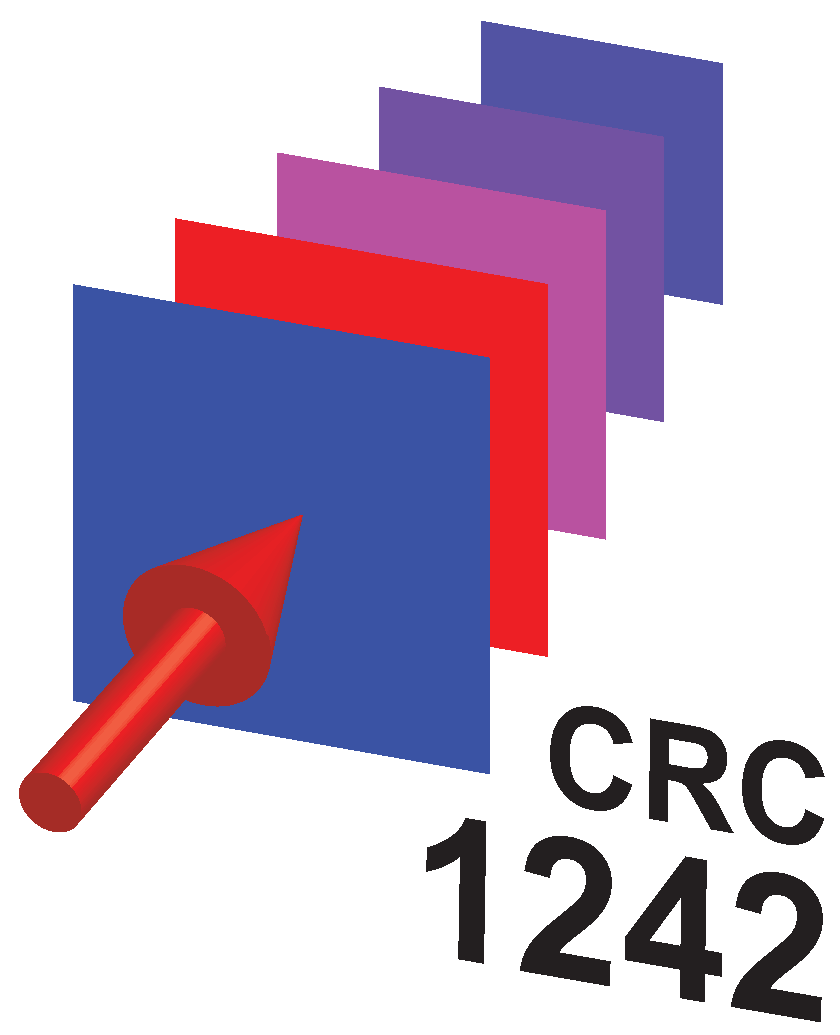Electron Dynamics
Electron dynamics in solids, at surfaces and interfaces
Many macroscopic material properties are determined by the electronic structure of a solid, e.g. the electrical conductivity. In the case of low-dimensional or “complex” matter, this electronic structure can exhibit exotic properties that are extremely sensitive to perturbations or modifications, e.g. chemical doping, temperature or by coupling to specific phonon modes. This strong sensitivity on one hand opens up the possibility to “tune” the macroscopic properties of the material, but on the other hand makes a deep understanding of the underlying processes challenging.
Our experimental approach to investigate these exotic properties is to first excite (“pump”) electrons using a femtosecond laser pulse and subsequently “probe” them by photoemission them using a second laser pulse. This “pump-probe” approach then allows us to track the ultrafast dynamics of the electrons by systematically changing the timing between the two pulses. This experimental approach complements (more commonly used) static spectroscopic techniques and is believed to unveil processes hidden or masked under equilibrium conditions.
The material classes we investigate cover a broad spectrum of low-dimensional and “complex” or “quantum” matter, as well as molecular adsorbate systems. A majority of our work focuses on high-temperature superconductors (Fe-based and Cu-based), where strong coupling to (yet not identified) boson modes seems to play a crucial role. Strong electron-electron-coupling and the effects of low dimensionality is investigated in Mott-insulators like TaS2 or specific adsorbate systems (Pb, Sn or In on semiconductor surfaces), where also atomic wires and thin-film quantum well states can form.



